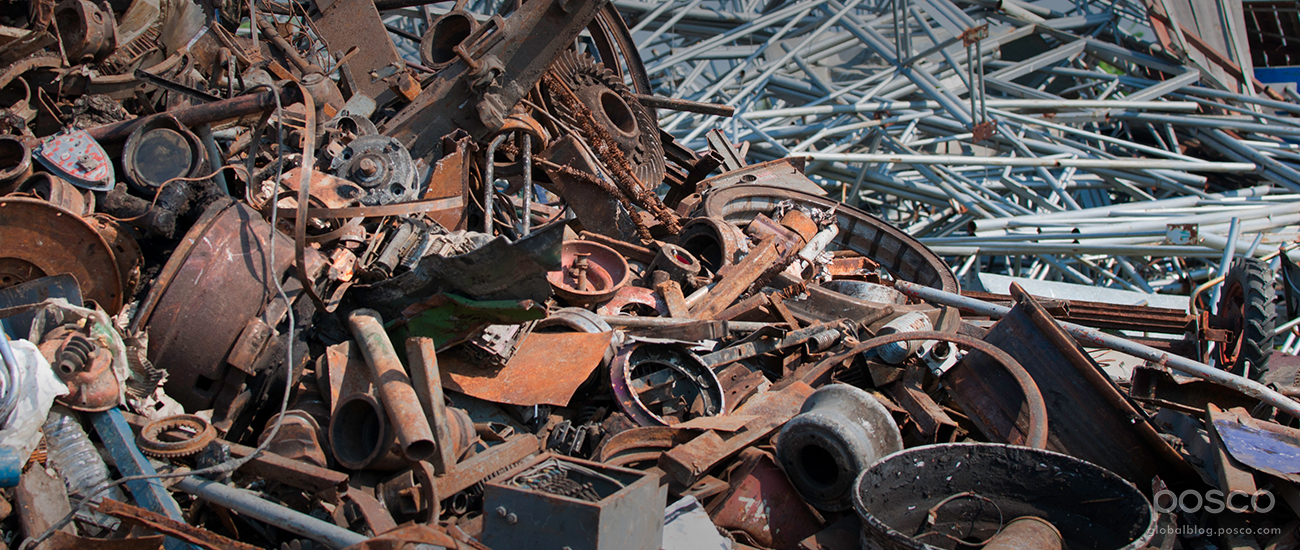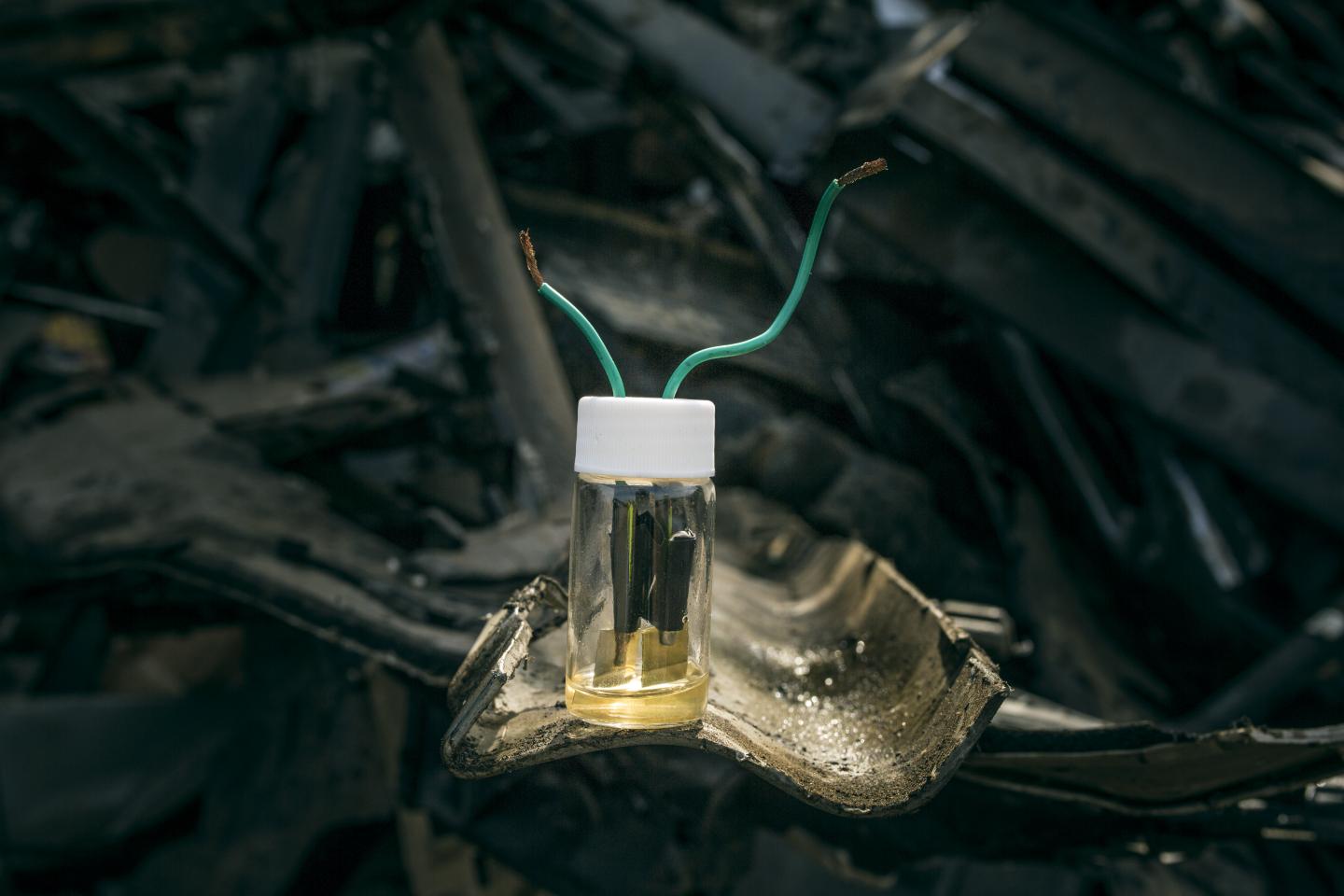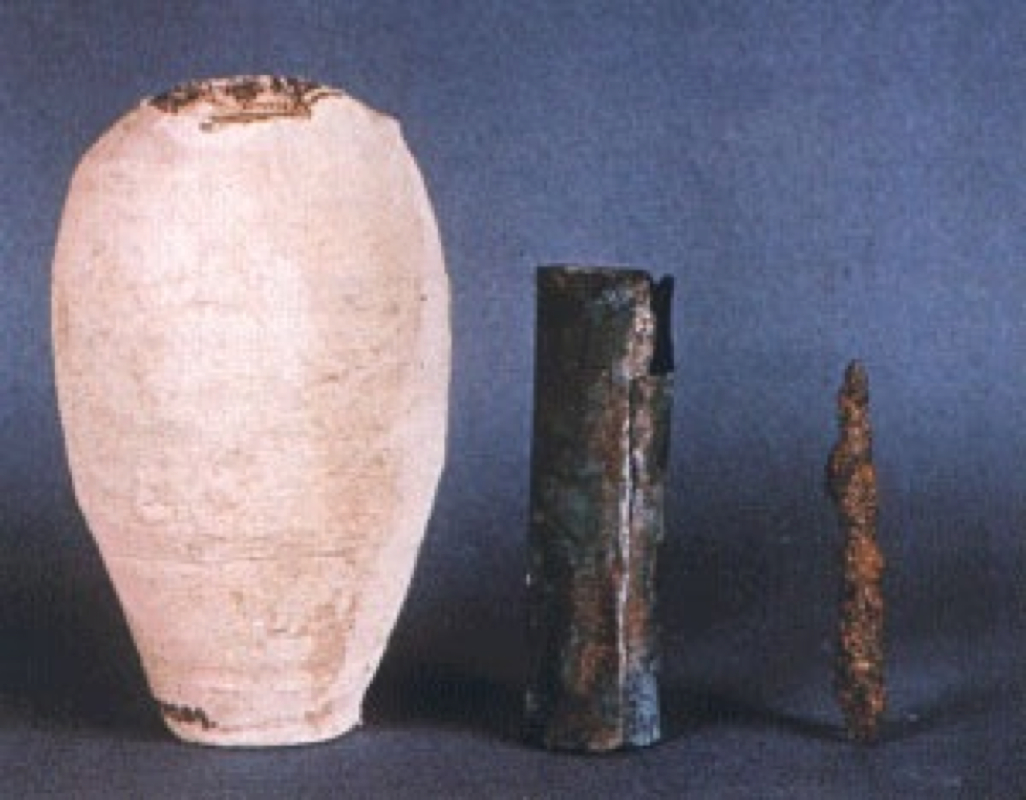In the United States alone, 67 million metric tons of ferrous scrap was processed by the scrap recycling industry in 2015, according to the Institute of Scrap Recycling Industries, Inc. While much of this scrap is processed into tradable products which can be used as raw materials in the manufacturing of new products, there is still plenty other scrap metal which ends up in landfills, or even worse—illegal dump sites.
Ferrous scrap metal that has been dumped, such as car bodies and obsolete farm machinery, often contains many toxic chemicals such as oil, battery acid or radiator coolant that can leach into the environment and destroy ecosystems. Furthermore, scrap metal also fills up landfills, and can even create safety and fire hazards.

Now imagine if all the scrap metal discarded around the world could instead be used to provide energy storage for the renewable energy grid of the future, rather than becoming a burden for waste processing plants and the environment.
Thanks to a Vanderbilt University research team, the idea is now becoming a reality.
From the Junkyard to the Power Grid
Using two of the most commonly scrapped metals—steel and brass—along with a common household chemical, the team has created a battery that is a first of its kind.

The new high-performance, steel-brass battery design has been shown to be capable of storing energy at levels comparable to lead-acid batteries but also boasts charging and discharging rates that are similar to supercapacitors, which provide ultrafast rates of energy transfer.
Although the junkyard battery has not yet been built as a full-scale prototype, it could offer a notable advantage over both conventional lead-acid batteries and lithium-ion cells due to its non-flammable electrolyte liquid, which uses potassium hydroxide, a low-cost salt commonly found in laundry detergent.
Furthermore, its DIY-friendliness makes it a likely alternative as contemporary society begins to shift toward a “maker culture” where large-scale product development and manufacturing is decentralized and scaled down to individuals or communities. It could also prove to be especially useful in off-grid and developing world communities where access to batteries is limited.
According to Vanderbilt, the key to the high performance of this steel-brass battery is anodization, a process that restructures the surface of the metals into nanometer-sized networks of metal oxide that react with the electrolyte to store and release energy.

Drawing inspiration from the Baghdad Battery, a simple device thought to be the world’s first battery, the team anodized scraps of brass and steel with a common household chemical and household electricity in a room-temperature process. This allowed for varying sizes and shapes of metal scraps—including screws and shavings—to be converted into functional battery electrodes.
The new steel-brass battery was measured with cell voltages up to 1.8V and an energy density up to 20Wh/kg, and was tested for 5,000 consecutive charging cycles (which equates to about 13 years of daily charging). It retained more than 90 percent of its capacity.
Charged Up for Change
The battery’s fast charging behavior and exceptional stability make it a device that could change the direction of battery research altogether. The team is preparing to soon build a full-scale prototype battery suitable for use in energy-efficient smart homes.
“We’re forging new ground with this project, where a positive outcome is not commercialization, but instead a clear set of instructions that can be addressed to the general public,” noted Cary Pint, assistant professor of mechanical engineering at Vanderbilt University. “It’s a completely new way of thinking about battery research, and it could bypass the barriers holding back innovation in grid scale energy storage.”
